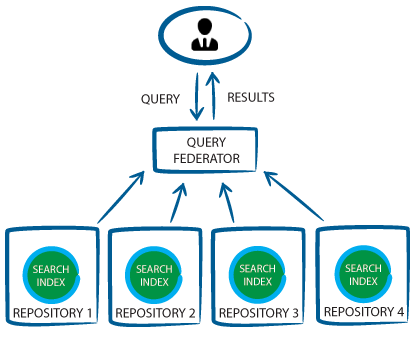Search Orchestration
Streamlining Information Access
Consumer sites such as TripAdvisor and Kayak, have employed this method to simplify the process of consolidating search results from multiple search engines. SmartHub provides the ability to incorporate Search Orchestration into your environment.


When a Central Index Isn’t Compliant.
When Indexing May Not Be Effective.

Contact us today to learn more.